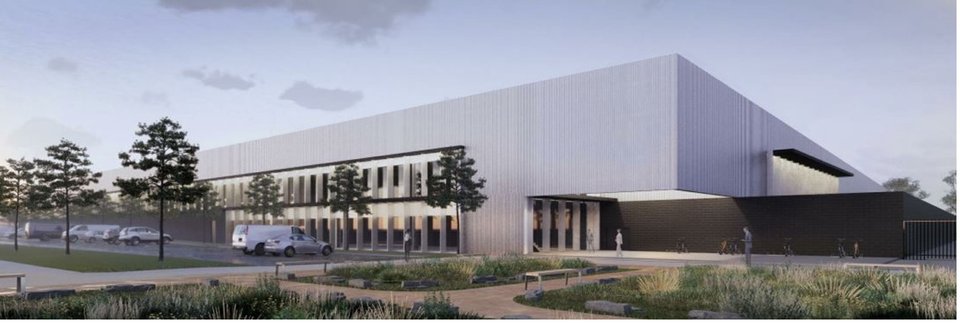Member/Partner News
Smart Energy Council Report

The highs and lows of Australia’s energy industry continue with some significant advances on some fronts counterbalanced by the nation’s failure to meet its already weak 2030 emissions reduction targets.
Consultancy Ndevr Environmental recently revealed that Australia is tracking toward emitted at least 125.4 megatons of carbon emissions which is out of step with the Paris emissions reduction target trajectory.
For its part BloombergNEF has slapped Australia with a score of just 45 per cent for its weak climate change and zero carbon policies.
The energy market analyst placed Australia alongside other nations lagging in commitment and failing on key climate actions including the decarbonisation of the electricity sector, transport (with BloombergNEF noting absence of consequential policies to support EVs), buildings, and industrial sectors; also in the uptake of zero emissions fuels and support for a circular economy (recycling).
Three other G20 members dropped points: Saudi Arabia, China and Brazil. At the other end of the scale Germany topped the list for its action on climate and zero carbon policies, scoring 82 per cent, and France, Italy and the UK clocked a respectable 70 per cent or more.
(Australia is gearing up to play a significant role in Germany’s further moves to decarbonisation – more on that in a moment.)
However as Michael Bloomberg commented: “Words only matter if they’re backed up with action – and the dangerous reality is, none of the G20 countries are delivering the emissions cuts they’ve promised fast enough.”
In a triple whammy for Australia, UN secretary general Antonio Guterres has criticised its lack of meaningful emissions reduction targets, with the UN’s Sustainable Development Solutions Network ranking Australia’s climate policies rock bottom among 193 UN members.
What is astonishing is the Australian Coalition government’s apparent ability to hoodwink the greater Australian public into believing it is taking meaningful action in the bid to reach net zero emissions by 2050.
The irony is that Australia has suffered more than many other nations with climate extremes causing widespread flooding and devastating bushfires.
A member of the Smart Energy Council recently said: “These ‘one in three hundred year’ catastrophic events are now occurring every few years. Billions of dollars of infrastructure is lost, communities are devastated and dwellings basically uninsurable.”
The Intergovernmental Panel on Climate Change condemns the power of fossil fuel lobbyists to curtail climate action.
The IPCC report states: “Drawing upon wider networks, campaigns by oil and coal companies against climate action in the US and Australia are perhaps the most well-known and largely successful of these.”
On the bright side
Counterbalancing that damaging scenario are the ambitions for gigawatt scale renewables activities driven by a series of influential, carbon conscious Australian billionaires.
Among those is mining magnate Andrew Forrest who has teamed with German energy giant E.ON in a $50 billion scheme to produce up to five million tonnes of green hydrogen by 2030 powered by up to 70GW of solar and wind energy.
Green ammonia and liquid hydrogen would be shipped from Australia to Germany in what E.ON’s Leo Birnbaum labels a “hydrogen bridge”.
Speaking at a media event in Berlin, Forrest, said “Without green hydrogen we won’t have a planet [and there’s] enough energy in Australia from a tiny fraction of our landmass to power all the world… We have enough wind and solar in Australia to completely overwhelm the fossil fuel sector in its entirety.”
He also commented on the ability of green energy to significantly reduce fossil fuel consumption in Germany and play a major role in substituting Russian energy supply.
Along with other projects, Forrest of Fortescue Future Industries aims to produce up to 15 million tonnes of green hydrogen by 2030 and is involved in the construction of the world’s biggest electrolyser factory, a mighty 80MW development, taking shape at Gladstone in Queensland.
Gladstone is also home to the H2-Hub’s 75MW of hydrogen electrolysers under construction by Orica and H2U Group which on completion will have the capacity for 3GW of electrolysis and daily production of 5,000 tonnes of green ammonia. The plant will be powered by solar and wind energy.
Green hydrogen developments take centre stage at the Smart Energy Conference and Exhibition on May 4 and 5 in Sydney, where we will hear more from Andrew Forrest and 120 other thought leaders.
Attracting more than 6000 delegates, it’s the biggest renewable energy event on the Australian calendar each year.
![Global Solar Council [logo]](/static/images/gsc-logo-horizontal.svg)